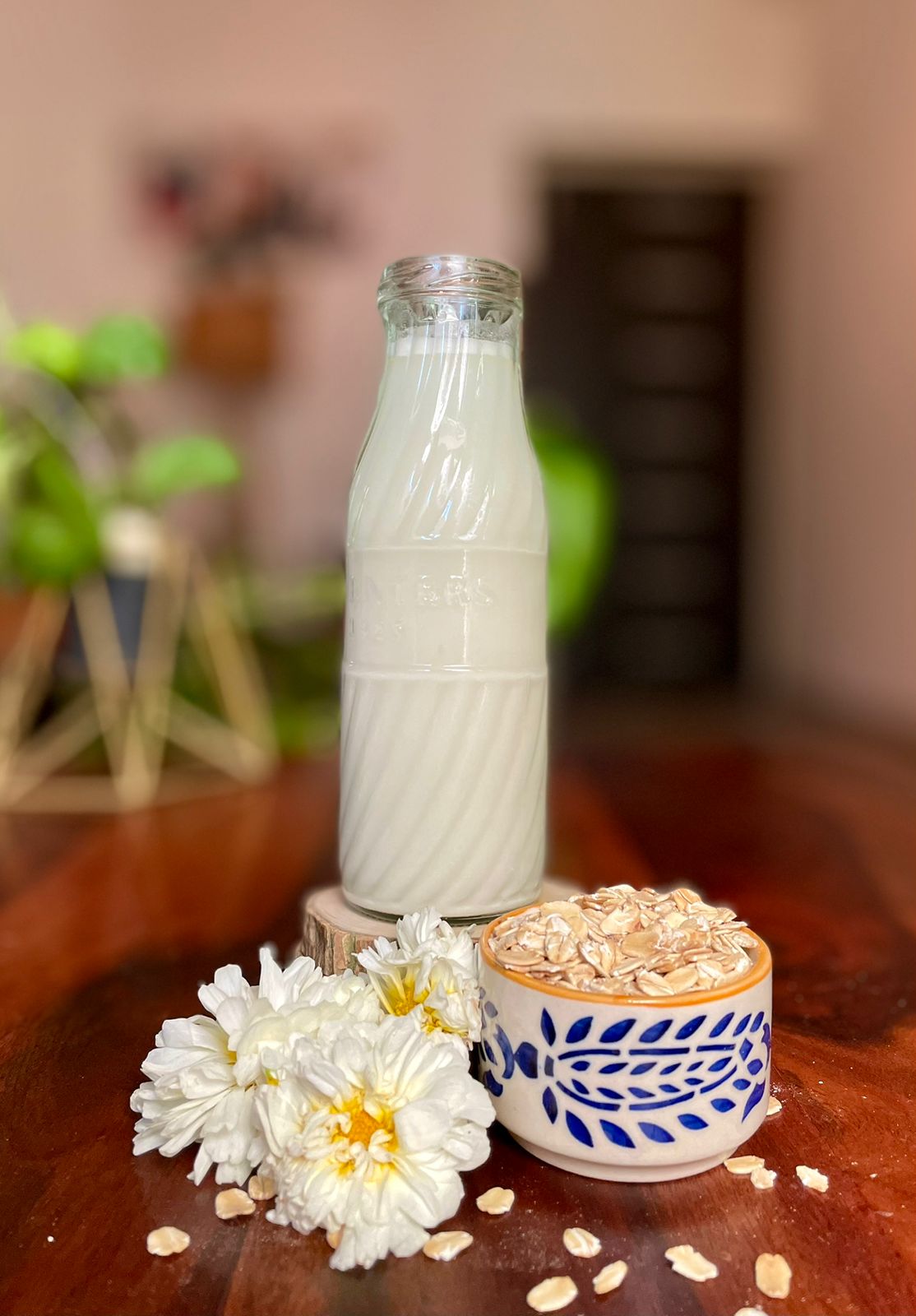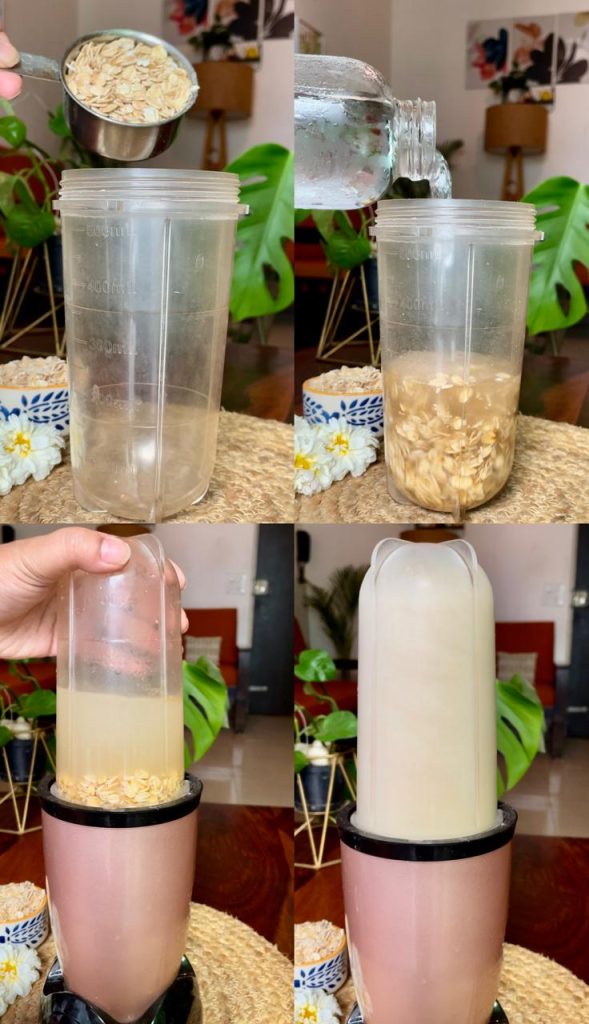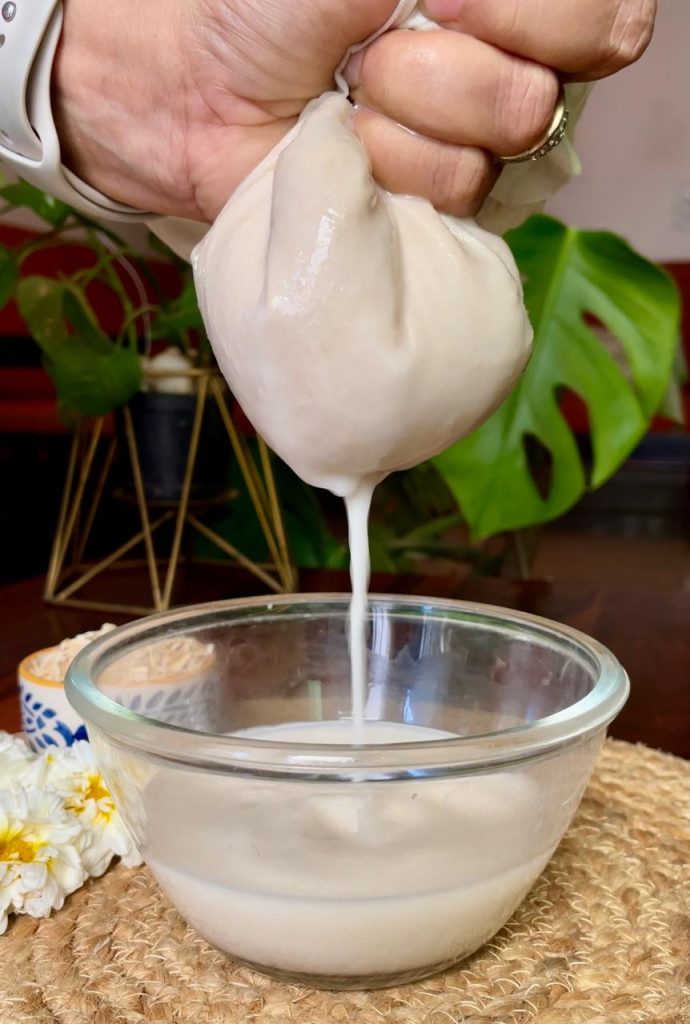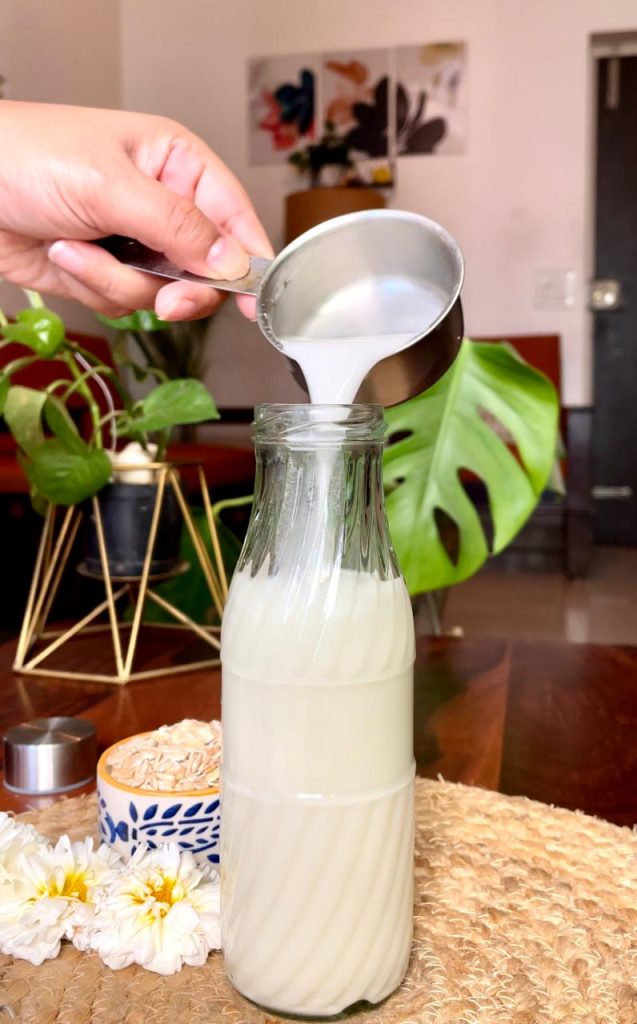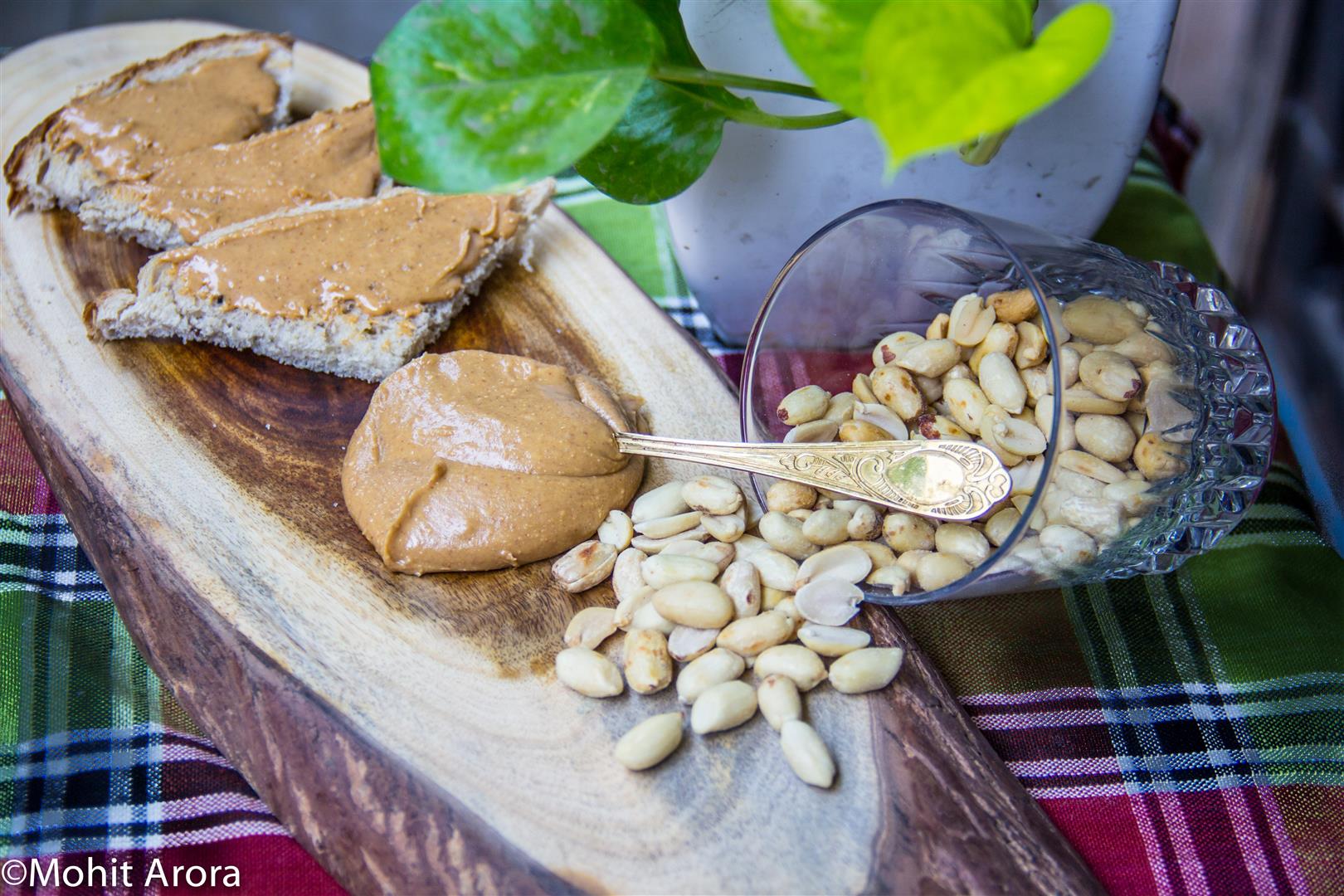In recent years, oat milk has gained significant popularity and has become a go-to choice for individuals seeking a delicious and nutritious dairy alternative. Made from oats and water, this creamy plant-based milk has made its way into coffee shops, grocery store shelves, and kitchen pantries worldwide. But what exactly sets oat milk apart, and what are its potential health benefits? In this post, we’ll delve into the world of oat milk, exploring its nutritional composition, reasons for its rising popularity, and the advantages it offers for your health and well-being. Get ready to discover why oat milk has become the new health trend worth exploring! 🥛🌾🌱✨
🌾 A Nutritional Powerhouse: Oat milk boasts an impressive nutritional profile that makes it a nutritious addition to any diet. Here are some key nutrients found in oat milk:
1️⃣ Fiber: Oat milk is rich in dietary fiber, both soluble and insoluble, which is essential for maintaining a healthy digestive system. Fiber aids in digestion, promotes regular bowel movements, and helps regulate blood sugar levels.
2️⃣ Vitamins and Minerals: Oat milk contains essential vitamins and minerals, including vitamin D, vitamin B12, calcium, and iron. These nutrients play a vital role in supporting overall health, immune function, and energy production.
3️⃣ Low in Saturated Fat: Oat milk is naturally low in saturated fat, which is known to contribute to heart disease. By choosing oat milk as a dairy alternative, you can reduce your intake of saturated fats and support heart health.
4️⃣ Lactose-Free and Cholesterol-Free: Oat milk is free from lactose, making it suitable for individuals with lactose intolerance. Additionally, it is cholesterol-free, which can be beneficial for maintaining healthy cholesterol levels.
✨ The Rising Popularity of Oat Milk: Several factors have contributed to the surge in oat milk’s popularity:
1️⃣ Taste and Texture: Oat milk offers a creamy and slightly sweet taste, making it a delightful addition to various beverages and recipes. Its smooth texture and versatility have made it a favorite among coffee enthusiasts and home cooks alike.
2️⃣ Dairy-Free Alternative: Oat milk has gained traction as a dairy-free alternative to cow’s milk. It has a similar consistency to dairy milk, making it an easy swap in recipes and a perfect complement to your morning coffee or cereal.
3️⃣ Environmental Considerations: Oat milk is often considered a more sustainable choice compared to other milk alternatives. Oats require fewer resources, such as water and land, to produce, making oat milk a greener option for environmentally conscious consumers.
4️⃣ Allergen-Friendly: Oat milk is naturally free from common allergens such as soy, nuts, and gluten (when labeled gluten-free). This makes it an ideal choice for individuals with food allergies or intolerances.
🥛🌾🌱✨ Potential Health Benefits: Incorporating oat milk into your diet may offer several potential advantages:
1️⃣ Heart Health: Oat milk’s low saturated fat content and cholesterol-free nature make it a heart-healthy choice. Consuming foods low in saturated fats can help reduce the risk of heart disease and promote overall cardiovascular well-being.
2️⃣ Digestive Health: The fiber content in oat milk can support a healthy digestive system by promoting regular bowel movements and aiding in the prevention of constipation.
3️⃣ Bone Health: Oat milk fortified with calcium and vitamin D can contribute to strong bones and teeth. Adequate calcium intake is essential for maintaining bone density and preventing conditions such as osteoporosis.
4️⃣ Vegan and Plant-Based Lifestyle: Oat milk is suitable for those following a vegan or plant-based lifestyle. It provides a nutritious alternative to animal-based milk and can be used in various recipes without compromising taste or texture.
🥛🌾🌱✨ Incorporating Oat Milk into Your Routine: There are numerous ways to enjoy the benefits of oat milk:
1️⃣ Morning Rituals: Start your day with a splash of oat milk in your coffee or tea for a creamy and dairy-free twist. Its mild sweetness and smooth texture pair perfectly with the rich flavors of your favorite morning beverages.
2️⃣ Smoothies and Shakes: Add oat milk to your favorite smoothie or shake recipes to enhance their creaminess and provide a nutritional boost. The mild flavor of oat milk allows other ingredients to shine while creating a velvety texture.
3️⃣ Cereal and Oatmeal: Pour a generous amount of oat milk over your cereal or use it to cook a warm and comforting bowl of oatmeal. Oat milk adds a subtle sweetness and creaminess that perfectly complements your breakfast grains.
4️⃣ Baking and Cooking: Replace cow’s milk with oat milk in your favorite recipes, including pancakes, muffins, and sauces. Oat milk adds moisture, flavor, and a delicate richness to baked goods and savory dishes.
5️⃣ Alternative Treats: Enjoy oat milk-based desserts such as ice cream, puddings, or creamy vegan hot chocolates. Oat milk’s natural sweetness and creamy texture make it an ideal ingredient for creating delectable dairy-free treats.
🥛🌾🌱✨ Discover the Benefits of Oat Milk: Oat milk has gained popularity for good reason. With its impressive nutritional profile, delicious taste, and potential health benefits, oat milk offers a dairy-free and environmentally friendly alternative to traditional milk options. By incorporating oat milk into your routine, you can enjoy its creamy texture, versatility, and potential advantages for your overall well-being. So why not embrace the oat milk trend and discover a delicious and nutritious way to enhance your favorite beverages and recipes? 🥛🌾🌱✨
